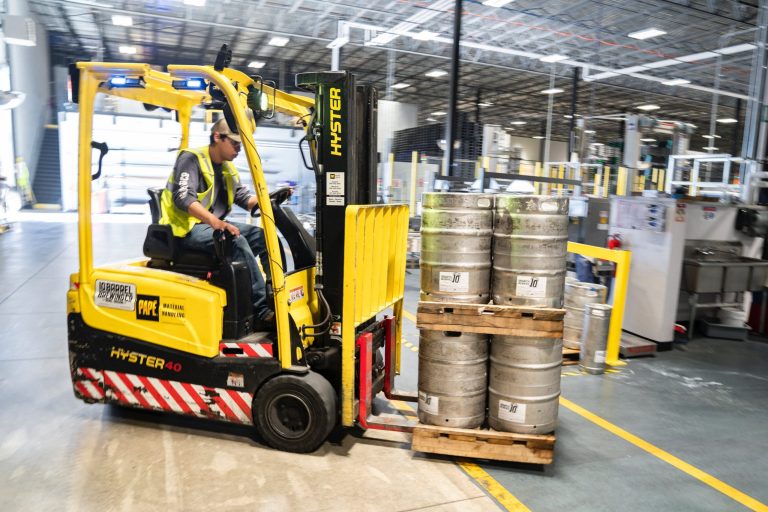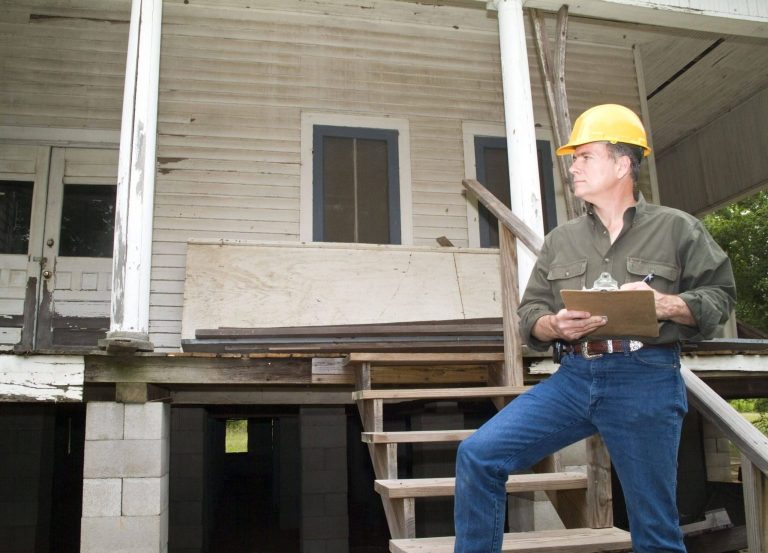Can Better Construction Safety Training Mitigate These 5 Risks?
Does your construction company have a robust and effective safety training program? Construction work is some of the most hazardous work employees engage in, and there are personal and financial risks both to employers and employees. Good safety training mitigates many of these risks. How? Here are five risk types that you can reduce.
1. Financial Risk
Employers are responsible for maintaining a reasonably safe work environment. Failure to do so carries the risk of serious financial harm. While construction companies purchase workers compensation insurance to help shield them from employee lawsuits over accidents, your workers comp costs rise as workers make claims. And that’s on top of rising premium rates in general—rising an estimated 7.6% in 2022 in California alone.
You can’t do anything to slow down universal premium increases, inflation, or the health problems of an aging workforce. But you can do more to prevent those incidents in the first place, and so minimize your premium increases as much as possible.
2. Personal Risk
Your employees’ health and lives are at stake when it comes to safety. No company—and no manager or supervisor—wants to be responsible for the loss of a limb, an organ, or a life. Employee safety affects more than just the individual employee. It also affects all employees around them, your vendors, your property, your customers, and the public nearby—especially when it comes to safe operation of heavy equipment.
3. Reputation Risk
Word of mouth among potential employees, customers, and business partners can make or break a company. You don’t want a reputation for an unsafe workplace where the company doesn’t value its employees. On the other hand, a good reputation—particularly among the employee pool—can do more for hiring and retention than any other benefits.
Customers are increasingly concerned with putting their money where their mouths are when choosing which businesses to support. They want reputable and conscientious employers instead of ones which appear greedy. Anyone from lenders to investors may also look at your safety record as part of their analysis of whether or not to invest in your business.
4. Regulatory Risk
Safety training prevents you from headaches with OSHA and other regulatory bodies. After being notified of a workplace injury or accident, for instance, OSHA could require anything from a written accident report and prevention plan to a full on-site inspection. This slows down work, requires extra labor, and puts you at risk of even more audits or oversight.
5. Productivity Risk
Finally, did you know that safety programs make workers more efficient and productive? How?
Consider a crane operator who doesn’t really know how to safely operate the equipment. They may act hesitantly, slowly, and in fits and starts. This slows down the work and causes redundant actions. Or they might come in too hot and unsafely jump into the work.
Now you have an operator who could create a mess that they or others have to stop and fix. Then you lose time on the job while they are brought up to speed. In all these scenarios, your job site is less productive and you’re wasting time.
Where Can You Learn More?
Which of these risks is the most concerning to you? No matter whether you need to keep a spotless reputation, reduce workers comp costs, or just run a tighter ship, a better safety training program can do the trick.
Learn how to develop one by meeting with National Safety Partners. We’ll work with you to assess your safety training needs and design a program to make all of your worksites safer, more productive, and less expensive. Call today to get started or make an appointment to learn more.



